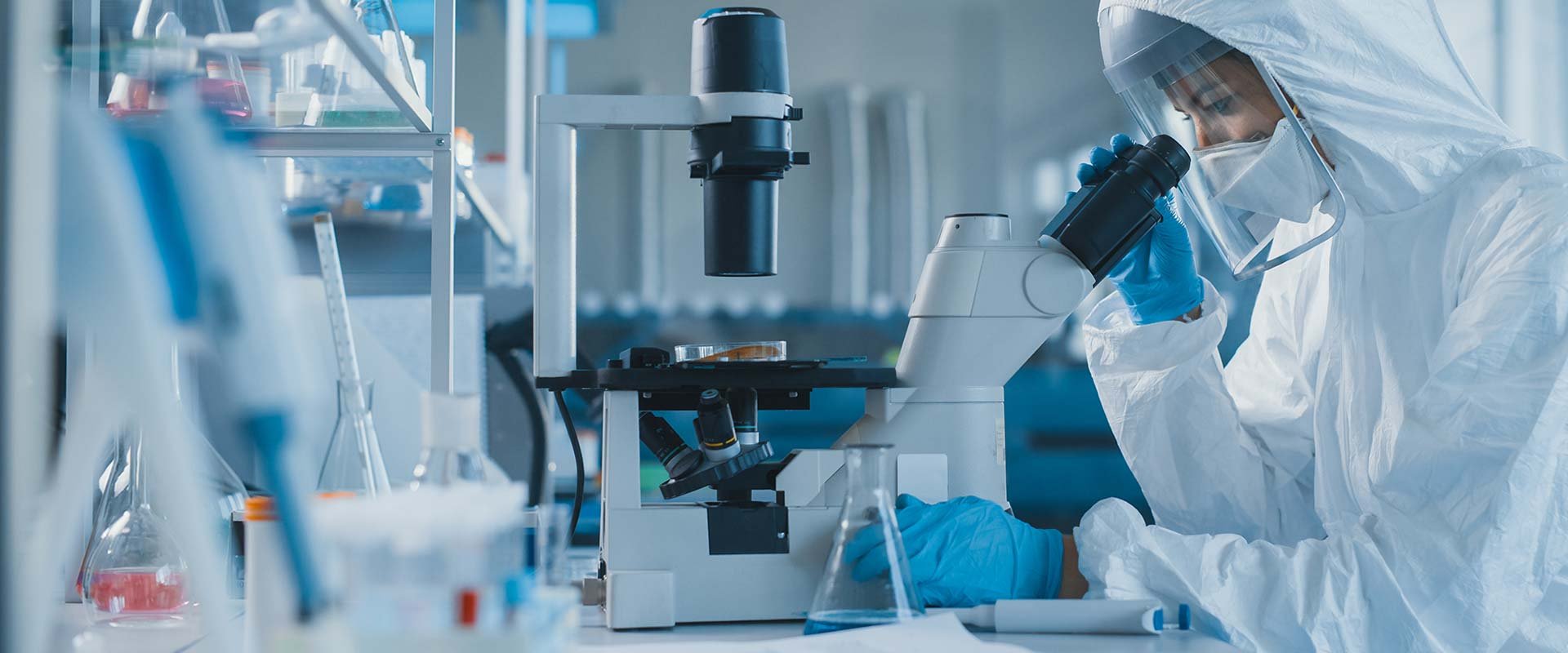Did you know? Ten fascinating facts about life sciences
life sciences

life sciences
The life sciences industry is dedicated to preserving and improving our lives through various avenues, including pharmaceuticals, medical devices, biotechnology, neuroscience and food production. We depend on this industry – quite literally – for our survival, as the last few tumultuous years have demonstrated. What are some key moments and interesting facts about this dynamic industry?
Aussie farmers grow and supply the majority of food that is sold in Australia. More than 90 per cent of fresh fruit and vegetables, meats, eggs and milk sold in supermarkets in Australia is domestically produced.
Australia’s agricultural industry is booming, to the point that more than half of Australia’s agricultural produce is able to be exported. A large proportion of the food imported into Australia comprises highly processed foods. So, if you want to support your health AND local farmers, eat more fresh, whole foods.

Thankfully, medical devices have come a long way since the 1800s. During that time, live leeches were used for bloodletting, to treat various ailments such as fevers and inflammatory diseases. When live leeches were unavailable, a metal cylinder with blades was used to perform the same function. Known as an ‘artificial leech’, the device had rotating blades to cut into the skin, while a tube suctioned blood out.
Although more sterile and less slimy than a real leech, the appearance and function of the device was rather barbaric – not for the faint-hearted!

A study conducted in the 2021 financial year revealed that around 65.5 per cent of respondents in Australia were prescribed medication by a general practitioner. Extrapolated to the population of Australia, this figure indicates that approximately 16.8 million Australians required prescription medication in 2021.
While this figure seems astonishingly high, the share of patients who have received prescriptions each year has remained steady at or just below 70 per cent since 2011, with a gradual decline from 2016 onwards.

Founded in Minneapolis in 1949, the American Irish company Medtronic topped the list as the world’s largest medical device company in 2021. With a workforce of more than 90,000 people across 150 countries, Medtronic is projected to reach a market value of US$612.7 billion by 2025.

Access to safe, uncontaminated food that is correctly labelled is something we take for granted in Australia today, but it hasn’t always been the status quo. Food contamination and adulteration was an ongoing issue throughout the 19th century. With the scarcity of certain key ingredients, various ‘fillers’ would be added to food, some of which were harmful. For example, bread was often contaminated with ash and milk was regularly ‘watered down’ to make it go further. Hardly fair – or safe – for the consumer.
The first official regulations to address these issues were implemented in 1801 by Governor Phillip Gidley King, who established a standard to control the composition and price of bread, along with the price of wheat.

While the Australian pharmaceutical and biotechnology industry exports goods amounting to well over two billion dollars each year, it imports four times as much as it exports. According to the United Nations COMTRADE database on international trade, Australia imported a whopping $15.2 billion of pharmaceutical goods in 2021.

The use of robots for surgical assistance first emerged in the 1980s, via robotic arm technologies. Now, robots are used not only in operating rooms, but also to support health workers and enhance patient care in clinical settings.
In response to the COVID-19 pandemic, robots have been deployed on a large scale to help reduce exposure to the virus. For example, robots are used to clean and prep patient rooms in infectious disease wards, thus reducing the risk of person-to-person infection.

In 2021, Aussies used more Atorvastatin than any other prescription drug, with 76.22 daily doses per thousand members of the population. A statin medication, this drug is used to prevent cardiovascular disease. For those at risk, combining Atorvastatin with diet, weight loss and exercise reduces the likelihood of heart attack and stroke. It also decreases the chance of heart surgery being needed in people with heart disease.

The world doesn’t need to produce more food – it needs to waste less! Currently, the world produces around 4 billion metric tons of food per year, which is more than enough to feed everyone: with 7.8 billion people on earth, we could easily feed everyone with 3.7 billion metric tons of food each year. Unfortunately, around one third of food produced for human consumption gets lost or wasted every year – a whopping 1.3 billion metric tons annually. Some studies suggest the number is even higher, with as much as 44 per cent of agricultural produce never consumed.

The global medical devices market comprises an estimated 2 million different types of devices, categorised into more than 7000 generic devices groups. We’ve come a long way in technological advancements too, as biotechnology, nanotechnology, robotics and even 3D printing all serve to enhance the ‘tools of the trade’.
Brunel’s entrepreneurial spirit and background as a technical role specialist make it a natural partner for life science ventures. Speak with our experienced team today!